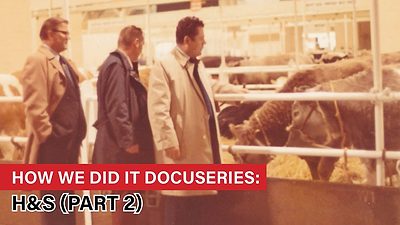In Ag Equipment Intelligence’s On the Record episode last Friday, Technology Editor Jack Zemlicka featured an interview with Norbert Beaujot, founder of DOT Technology Corp., who, along with Saskatchewan-based equipment manufacturer SeedMaster, has developed a scalable, driverless farm implement.
This is another example of how rapidly agriculture is moving toward full navigational autonomy and advanced object recognition.
A new report from UK-based IDTechEx, Agricultural Robots and Drones 2017-2027; Technologies, Markets, Players says “Agriculture is the leading adopter or autonomous driving technology despite all of the hype around driverless cars.”
According to the report, in ag, more than 210,000 RTK GPS receivers were sold in 2016. It projects that this will rise to 335,000 by 2023. “Autosteer will be the fast growing use case while other cases such as variable-rate equipment will also see accelerated growth. This trend will be boosted as receiver prices continue to fall. The receiver technology is becoming increasingly commoditized,” according to the market research firm. “The uptake will also be helped by increased uptake in precision agriculture practices. The full ecosystem is finally coming together with more reliable variable-rate equipment such as seeders and sprayers. We project that some 330,000 VRT equipment will be sold in 2023, up from a mere 40,000 or so in 2015.”
Technology is now evolving toward full autonomy. Master-and-slave (or follow-me) systems are being tested, enabling one driver to guide a fleet, thus boosting the driver’s productivity. Next will come manned yet fully autonomous tractors. This has already been technologically demonstrated. Here, the vehicle’s sensing suite has to be expanded to enable it to avoid collision and operate even when the GPS signal is lost.
The report goes on to say, “Taking the driver out of the equation can have profound consequences for the way we envision agricultural machinery. The well-established notion that bigger is better has its origins in the need to enhance the productivity of the driver but this notion loses some of its relevance if farm vehicles become autonomous and unmanned.”
The report sees a transition from large, heavy, fast and expensive vehicles toward fleets of agricultural robots. The researchers say these agrobots would move slowly, giving extra attention to plants; and they would be light weight, eliminating soil compaction. hey would also have to be inexpensive in order to compensate for their lower individual productivity through fleet operation.
“Many small robots have been developed at the research level and a few have been commercially launched and sold. The machine designs are not the done deal yet,” say the report authors. “In fact, there is still some way to go. These robots often only work on highly structured farms and on crops with limited height; they take action using mechanical means which can be slow otherwise they will need to carry tanks of water and chemicals which adds to size and weight; the cost of data capture is relatively high compared to other methods such as drones given their currently high unit costs and slow pace.”
In terms of future applications of these types of mobile robots, the authors expect “We are however only at the beginning of the beginning.







Post a comment
Report Abusive Comment